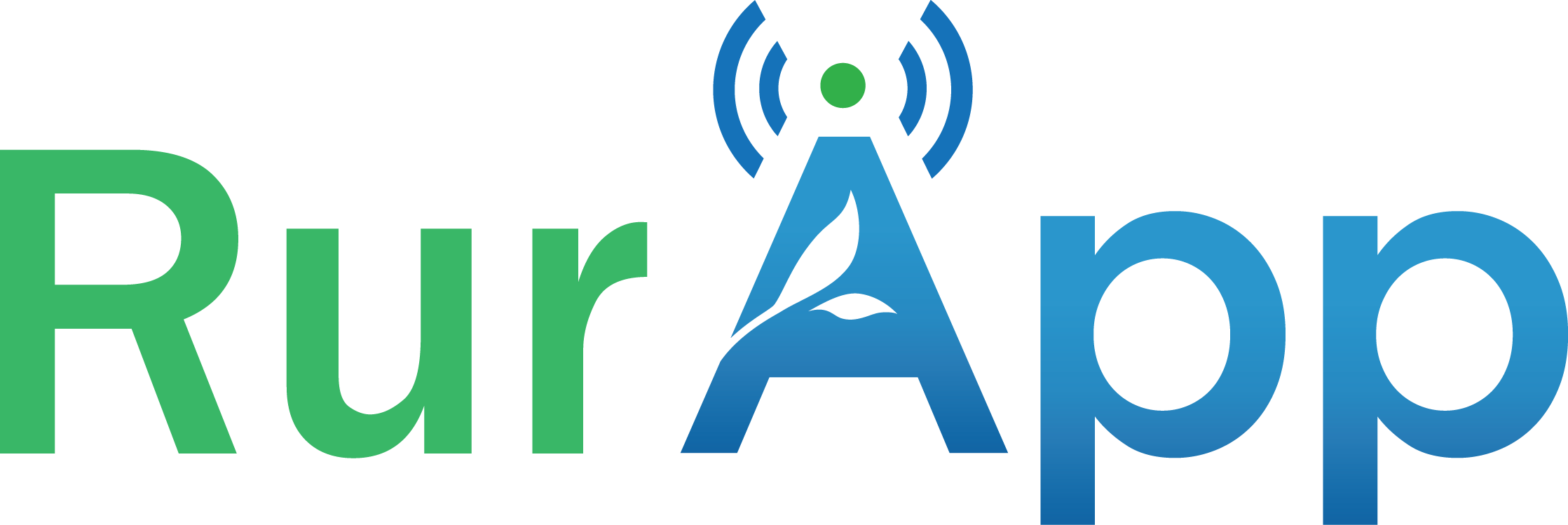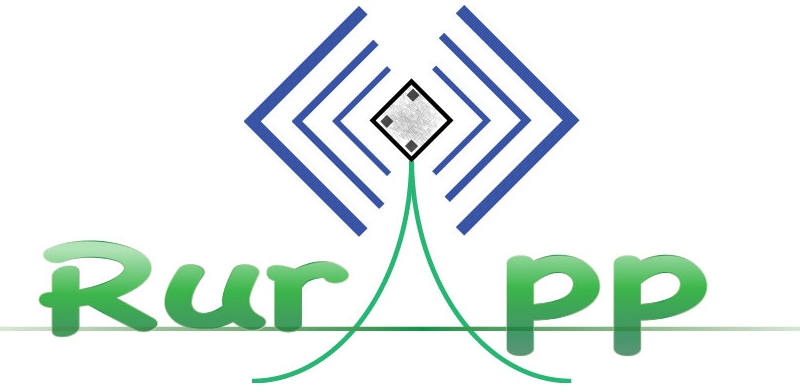Rurapp Inc has taken the “internet of things” to the rural trade sector. Rurapp projects are being commenced in various developing and developed countries and each project has a unique combination of farmer growers, processors and buyers often situated in various parts of the world, all linked via the Internet of Things.
The collaboration of data from physical objects to the internet is seen as the future of internet technology. Recently, the world has seen such data collaboration with the energy sector such as smart cities (linking electrical meters), smart homes (linking electrical household components to the internet) and an abundance of machines on large power and mechanical installations on infrastructure such as drilling rigs and wharves. However, Rurapp technologies are being designed to better power the energy of humans. Rurapp’s mission is to link excess clean food/natural product rural sources to the global marketplace via smart data collaboration is the mission of Rurapp Inc. These foods provide energy, health and wellness to the final consumer.
The Rurapp technology system is all about verification systems properly tracking agricultural raw material source, quality and subsequent processing. Rurapp Projects can physically see the food & product assets and collaborate the logistics and processing management via global real time data reporting to project collaborators as a flat line. The technology is designed to work anywhere in the rural world with data able to be sent immediately or as soon as any mobile phone SMS coverage is available.
Rurapp Inc has commissioned and/or invented unique Machine to Machine technologies that are affixed to key rural trading devices such as weighing scales, transport services and post harvest processing facilities. Rurapp is a great example of “the internet of things” and is destined to change the future capacity of rural production to meet the growing demand for more food and especially clean, heirloom food sources that exist worldwide.
The greatest and most in demand attribute of such Rurapp technologies is being able to provide rural projects with not only accurate data but fully transparent data. The transparent data is then summarized in Rurapp generated QR codes that provide both middle producers and the final consumer with complete traceability information. The traceability advantage provides reliable, accurate and detailed information on all aspects of the agricultural supply chain.



http://www.mercurynews.com/business/ci_24835528/internet-things-could-be-next-industrial-revolution
Predictions about how much of an economic boost the Internet of Things will generate vary widely, too. Although Gartner puts the figure at $1.9 trillion in annual sales and cost savings by 2020, IDC believes it will total $8.9 trillion in global revenue alone that year.
Another study by General Electric concluded the Internet of Things over the next 20 years could add as much as $15 trillion to global GDP, which it noted is roughly “the size of today’s U.S. economy.”
Calling the trend “much like the industrial revolution” of the 18th and 19th centuries — when mechanized manufacturing made mass-produced goods possible and rural residents flooded into cities — GE’s study added, “We are at the cusp of another wave of innovation that promises to change the way we do business and interact with the world of industrial machines.”
Every facet of society is expected to be transformed by the Internet of Things, from our ability to better protect the environment, boost farm production and get early warnings of structural weaknesses in bridges and dams to enabling people to remotely control their lights, sprinkler systems, washing machines and scores of other gadgets at home.
Noting that “the potential is huge” for businesses, Morgan Stanley analysts concluded in a recent report that consumers also will benefit from having billions of connected gadgets “making our lives easier.”